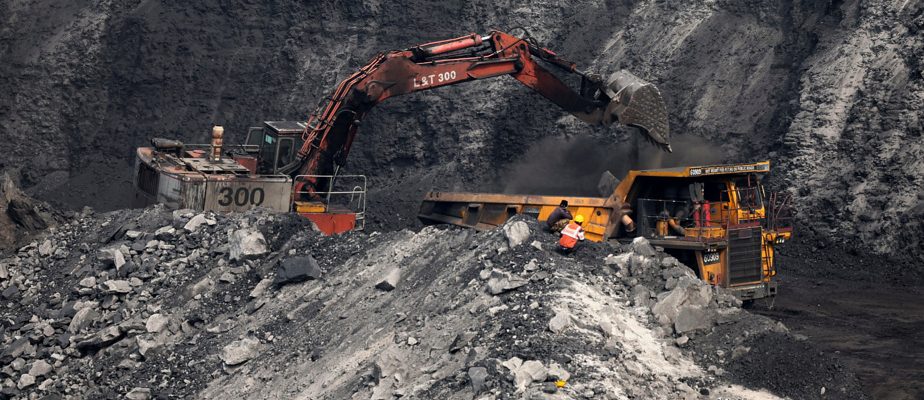Unsustainable use of resources
The use of planetary resources has tripled over the past 50 years, recall Janez Potočnik and Izabella Teixeira, co-chairs of the International Panel of Experts on Resources, in the most recent report Global Resources Outlookunveiled on 1er March. The 181-page report concludes in particular that if the trend continues, resource extraction will increase by 60% by 2060 compared to 2020 levels. “Our current consumption and production systems, deeply unsustainable, will have catastrophic impacts on Earth systems and ecological processes that underpin human well-being and the diversity of life on our planet,” affirm the two co-chairs.
More and more environmental impacts

PHOTO MAURO PIMENTEL, AGENCE FRANCE-PRESSE ARCHIVES
Parauapebas iron mine, Brazil, in May 2023
Resource extraction and processing in 2020 was responsible for more than 55% of global greenhouse gas (GHG) emissions and 40% of particulate matter emitted into the atmosphere that impacts human health, the report notes. “All environmental impacts [liés à l’extraction des ressources] are increasing,” we add. Remember that the International Panel of Experts on Resources, or International Resource Panel (IRP) in English, is in a way the equivalent for resources of the Intergovernmental Panel on Climate Change (IPCC) for questions climatic.
100 billion tonnes in 2020

PHOTO DANIEL ACKER, BLOOMBERG ARCHIVES
Coal-fired power plant in Underwood, North Dakota
In 2020, the world extracted and transformed 100 billion tonnes of various resources. Buildings and transportation rank highest in resource use, followed by food and energy systems. These four categories combined represent around 90% of global demand for resources, the report notes. They are also the cause of 70% of the impacts of climate change and 80% of biodiversity loss worldwide. “Today, resources are extracted, processed, consumed and discarded in ways that fuel the triple planetary crisis,” notes Inger Andersen, executive director of the United Nations Environment Program. “We need to start using natural resources sustainably and responsibly,” she adds in the introduction to the report.
Rich countries are the biggest consumers

PHOTO BRITTANY GREESON, THE NEW YORK TIMES ARCHIVES
Ford Assembly Plant, Michigan
“Increasing living standards have led to a rapid increase in the extraction of material resources (biomass, fossil fuels, metals and non-metallic minerals),” the report points out. Non-metallic minerals, such as sand or clay, now account for almost half of global resource demand, followed in order by biomass, fossil fuels and metals. Although metals only constitute 10% of extracted resources, their extraction has nevertheless tripled since 1970. A trend which risks accelerating, particularly with the race to electrify transport. Note also that rich countries use six times more resources per capita than poor countries.
An urgent need to review our model

PHOTO YUKI IWAMURA, ASSOCIATED PRESS ARCHIVES
Passers-by doing their holiday shopping on Route 5e Avenue in New York, last December
“By reducing the need for mobility and promoting mobility through shared and active transport, it is possible to reduce the need for material stocks (-50%), the demand for energy (-50%) and the greenhouse gas emissions (-60%) by 2060 compared to current trends,” it is specified. However, the extraction and processing of resources increases on average by 2.3% per year. “The science is clear. The key question is no longer whether a transformation towards sustainable global resource consumption and production is necessary, but how to achieve it now,” write the authors of the Global Resources Outlook 2024.

PHOTO MARTIN MEISSNER, ASSOCIATED PRESS ARCHIVES
Tram depot in Essen, Germany, last February
View the report Global Resources Outlook 2024 (in English)
